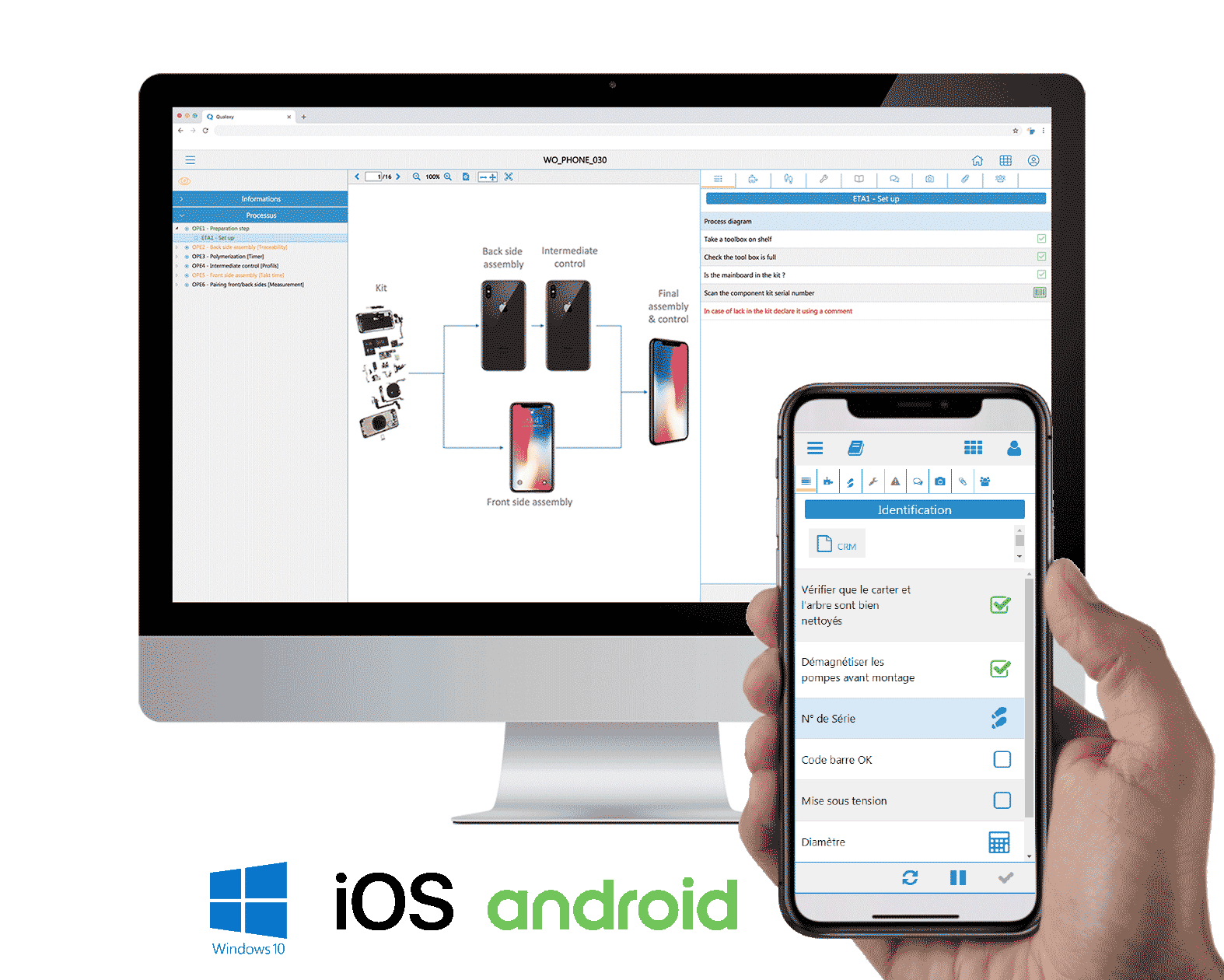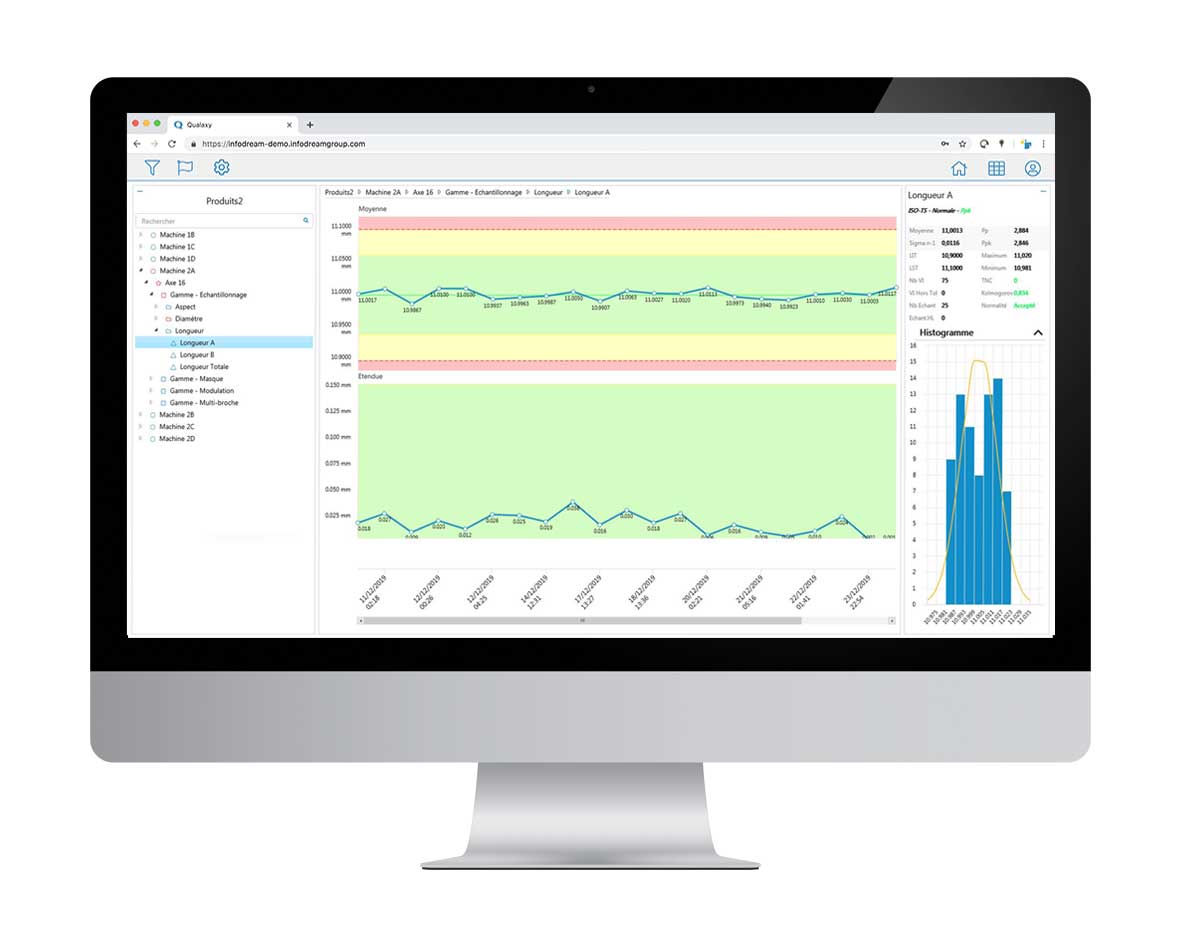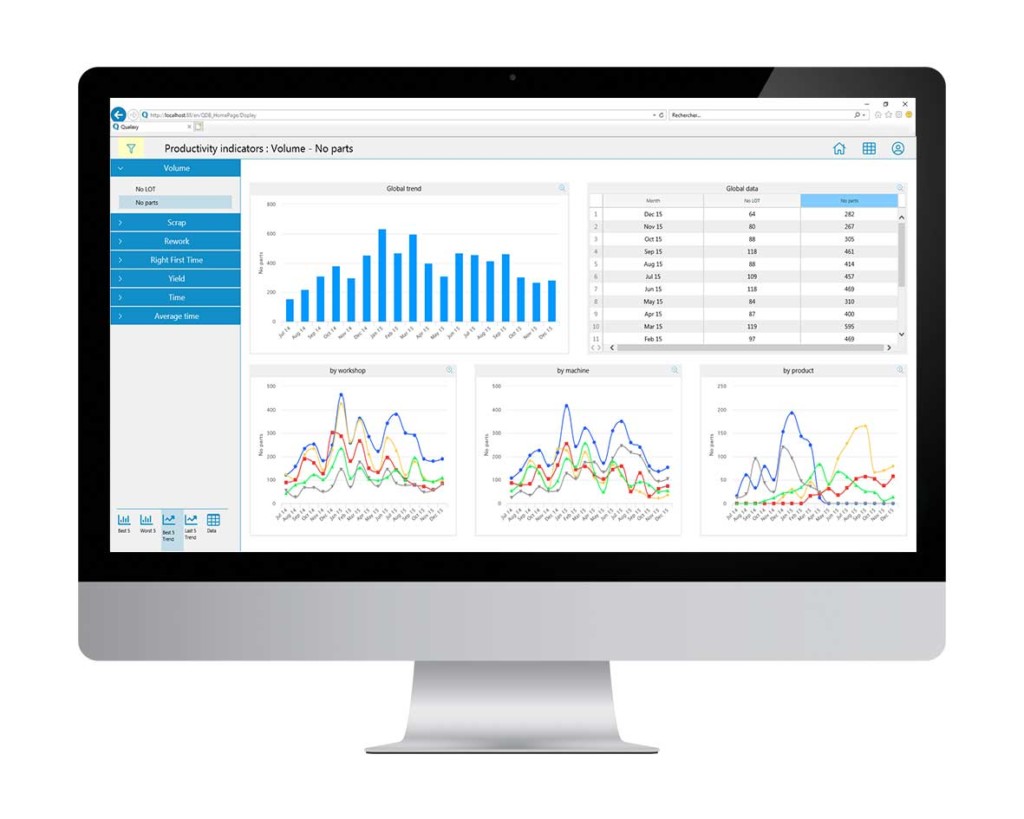
(3/3) Business recovery: some rules for quality control
Barrier gestures in the face of Non-Conformities.
6 good quality control practices to (re)discover.
Before any phase of increasing the production rate, several automatisms can be taken in order to ensure a continuous control of the production quality:
- First of all, many tools for quality analysis exist in the literature. It is always a good idea to remember them in order to implement action groups that have proved their worth (5S, FMECA, 5M, QQOQCCP, 8D, etc.).
- Investing time in the standardisation of production or control processes. Clear and precise work instructions at the workstation ensure that quality is maintained independently of the operator. The operator can thus be guided step by step, focused on the added value of his task, without having to worry about the material constraints inherent in quality control, or risk interpreting the instructions given.

- Putting in place means of controlling the production tool, rather than controlling the production itself. In large but also in small and medium series, it is thus possible to detect progressive drifts and thus act in anticipation, which allows the company to save precious resources, especially in this period of uncertainty.

- Capitalising on information: if possible, take advantage of this period to trace all the elements that will enable you to describe your manufacturing process. For example, a routine to set up could consist of forcing you to add an event to the SPC control board before any intervention on the machine. In several months’ time, when the production rate has returned to its normal rhythm, the information entered today will enable you to analyse the results obtained in a relevant way, and thus identify the root causes and the corrective actions to be taken.
- Making information visible: there is a range of tools for disseminating to the actors in the quality chain the crucial information they need to make the most appropriate decisions in a continuous improvement process: sending reports by e-mail, notifications, alarms, etc. This type of tool has of course become essential in order to rationalise costs.

(screenshot of the Qual@xy Dashboard module of the Qual@xy Suite)
- Help with decision-making: organise the quality approach so that it provides the decision-making chain with contextualised information (place, period, line, workstation, product reference, raw materials used, workshop encountered, etc.), which is essential for taking the most appropriate decisions with a view to continuous improvement.
Three lessons to be learned from the crisis
What are the first lessons to be learned from this sudden crisis, which seems set to continue for several months to come with its share of uncertainties?
- First of all, those who will fare best will be those who will have been able to transform the effect suffered into a windfall: implementation of good practices, questioning of processes, projection towards the future… When the shock has been absorbed and activity resumes, with months of slowdown to make up for, the players who have developed their assets and made up for their shortcomings are likely to emerge stronger from this chaotic episode….
- To do this, being able to count on the involvement of everyone is a position to rely on. Indeed, there is every reason to bet that the industrial players will keep their motivation and vigilance intact, or even reinforced. Perhaps we will even be able to observe here and there that the quality indicators have become better than they used to be?
- Finally, the last few weeks have confirmed that the tools used in the quality approach, and the transition to Industry 4.0, are essential factors in optimising processes, improving the quality of production and reducing the associated costs. The digitalisation induced by these tools not only allows us to work remotely, and therefore to remain operational during exceptional circumstances such as we have experienced, but it also speeds up and makes reliable the transmission of information, which is the basis for maintaining control of the industrial process.
Florian Cassin
Sales Engineer at CT Infodream
Read the previous articles :
(1/3) Business recovery: some rules for quality control
(2/3) Business recovery: some rules for quality control